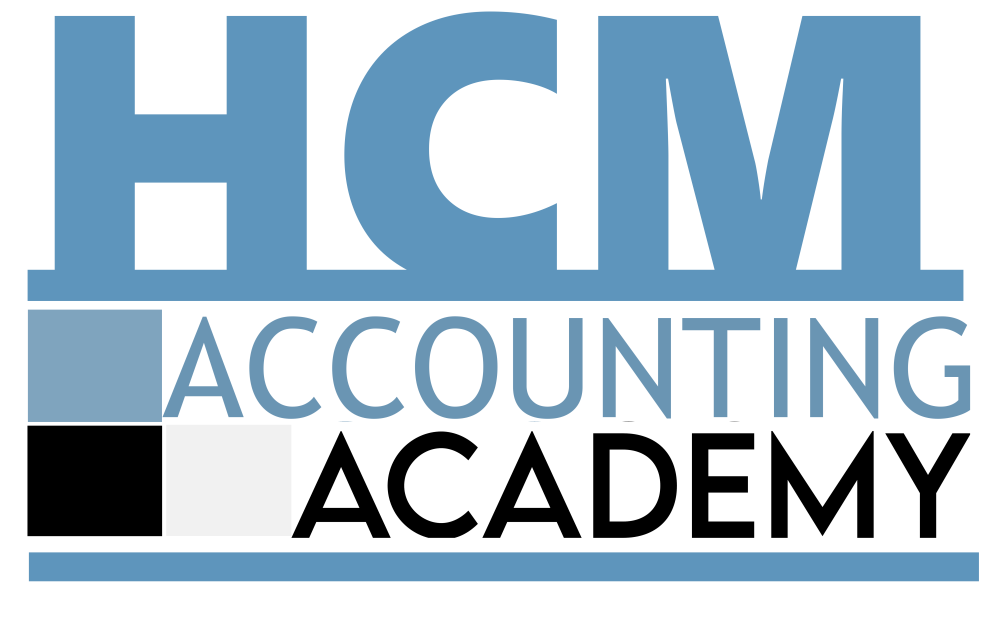
Course Information
Certification courses for the internal team to operate the company as an organizational team based on the risk appetite threshold (Order by employer followed by individual registration of targeted members)
• Courses and Packages for CEO, CFO, HR, OM, Operational units Heads and Other Enrolled Agents, in particular MBA and EMBA students take the Certificate during their internship.
After purchasing a course, you can start and complete it by using the " My paid HCMA course account" link. The links will provide you with online course material, seminar papers validated and published by the world scientific community for the summary exercise to be done at your own pace for the theoretical part of the Certificate and access codes to the learning by doing workshops at your workstation in interaction with other workstations. These are Financial Performance Problem Solving Processes (PSPs) for which you are prompted to process operational risk loss mitigation data required for the Intranet interaction module of your workstation generating the economic capital (EC) of the company and variable salary compensation.
Course Name: HCM accounting Certificate for CEOs, CFOs, HRMs, OMs and Operational units Heads (Internal Team)
Field of Study: Human Capital Management Accounting (HCMA)
Course Material: Online Material
Program outline: Economic capital is the amount of capital the firm should have to support any risks it takes on. The measure of the risks has to be translated by decreasing requirements in economic capital according to the quality of the measurement and the management system. We also say Free Cash Flow. These are unencumbered means:”Unencumbered means free of legal, regulatory, contractual or other restrictions on the ability of the bank to liquidate, sell, transfer, or assign the asset. An asset in the stock should not be pledged (either explicitly or implicitly) to secure, collateralize or credit-enhance any transaction, nor be designated to cover operational costs (such as rents and salaries)” (Financial Stability Institute, October 2017).
All the companies are affected, because these are the economic benefits generated by the mitigation of operational risk losses. Operational risk is a significant risk that the institution must cover by own funds (cf. Laws issued from Basel III. Ex par. 52 of EU legislative acts No. 575/2013 June 26, 2013).
a) Losses related to Operational Risks are overloads of management accounts and non-revenue (unrealized products);
b) Operational risk losses have an obvious impact on the cost of the product, capital, competitiveness, income statement and the main risks of banks and their risk counterparties. Operational risk losses impact:
• Credit counterparty risk or signature risk (Client risk and Country risk);
• Transformation risk (large gap between different maturities of receivables and debts) and illiquidity (clients can withdraw more funds than expected, and the bank does not have enough short-term flows to deal with it) ;
• Organizational risk (Workforce, Equipment and Environment);
• Market risk (errors that can be made by processing payments or settling transactions).
c) Human resources have a dominant effect on operational risks because they are malfunctions following maladjustment or failure as a result of procedures, people and internal systems. As a result, the operational risk losses are the same for all banks and all their clients regardless of their sector of activity (financial and non-financial companies, local authorities and public services in the broad sense).

Learning objectives: After completing this course you will be able:
A/ To perform the interaction tasks of accounting for the management of the added value of human capital (Total Paid Workforce):
• This means executing in real time the tasks of the Financial Performance Problem Solving (PSP) processes for which you are invited to process the operational risk loss mitigation data required for the interaction module of your workstation generating economic capital (EC) of the company and the variable remuneration of employees.
(1) At CEO level, process forward-looking management data on economic capital (3-year plan) to be proposed to the Board of Directors on the basis of the added value of human capital (Total paid Workforce);
(2) At the CFO level, perform calculations for anticipating and mitigating operating losses from data stored in the Unexpected Losses (UL) and Expected Losses (EL) internal databases and execute financial planning based on expected losses considering the absolute VaR and the risk appetite threshold.
(3) At the HRM level, carry out surveys of anticipation of the deterioration of the social situation to provide motivation data and mobilization of employees .; Apply the integration of enterprise learning to manage turnover and have knowledge gap data to identify hiring requirements; Use the internal dashboard to monitor and support the improvement of employees' financial performance and purchasing power indexed on five socio-economic indicators that are levers on which each employee can act in real time; Use the internal dashboard to take immediate and effective action to address risk based on six key domains of socioeconomic improvement [Work requirements, Emotional requirements, Autonomy, Margins of maneuver, Social and labor relations and Different value conflicts].
(4) At the level of the OM with Operational Unit Heads, Organize operational units and coordinating the capture of daily incidents related to indicators, factors or causes of operational risk losses; avoid the mistake which until now has consisted in focusing employees on the socioeconomic indicator of greatest concern. The following are five indicators, whose daily data collected by the heads of business units or CGUs dashboards, are articulated and weighted to manage the financial performance of HR in real time. Operating structurally, each indicator driving the others, are taken together in the weighting system:
• Absenteeism loss mitigation reporting accounts;
• Work accident loss mitigation reporting accounts;
• Quality deficiency loss mitigation reporting accounts;
• Reporting accounts for mitigation of loss of direct productivity gaps (overtime and overconsumption of materials);
• Reporting accounts for mitigation of loss of know-how gaps (including lack of versatility)
Learn how to enter the financial performance indicators data of the employee's team on weekly fact sheets; Interact with the Human Resources (HR) department to mobilize employees in the line of business and the team to participate in periodic surveys to measure employee satisfaction and psychosocial risks; Organize the periodic interviews of operational unit heads and employees. This is done with each unit to monitor, evaluate and propose strategies to improve the financial performance of each unit, assess variable salaries, and index purchasing power on five socio-economic indicators.
These indicators are levers on which each employee can act in real time.
Process of the Employee Financial Performance Recognition eBulletin indexed to socio-economic indicators: Weekly entry of data to be processed to pay variable wages on five socio-economic indicators of financial performance mitigating operational risk losses based on the risk appetite threshold and finally, Train operational unit employees to download, reading and assess their Performance e-Bulletins.
B/ To integrate through interaction the other skills of group and organization dynamics:
Leadership development skills:
• Coaching,
• Accountability,
• Change Management,
• Influence and Negotiation,
• Communication.
Training objectives:
• Improving communication,
• Making the workplace more enjoyable,
• Motivating a team,
• Getting to know each other,
• Getting everyone “onto the same page,” including goal setting,
• Teaching the team self-regulation strategies,
• Helping participants to learn more about themselves (strengths and weaknesses),
• Identifying and utilizing the strengths of team members,
• Improving team productivity,
• Practicing effective collaboration with team members.
Program level: Overview
Prerequisites: None
Advance preparation: None
Type of delivery method: Self Study
Final certification expiration date: The program participant will have three months from the date of purchase to complete the course and obtain the HCM accounting certificate based on its participation in the program for 90 days.
